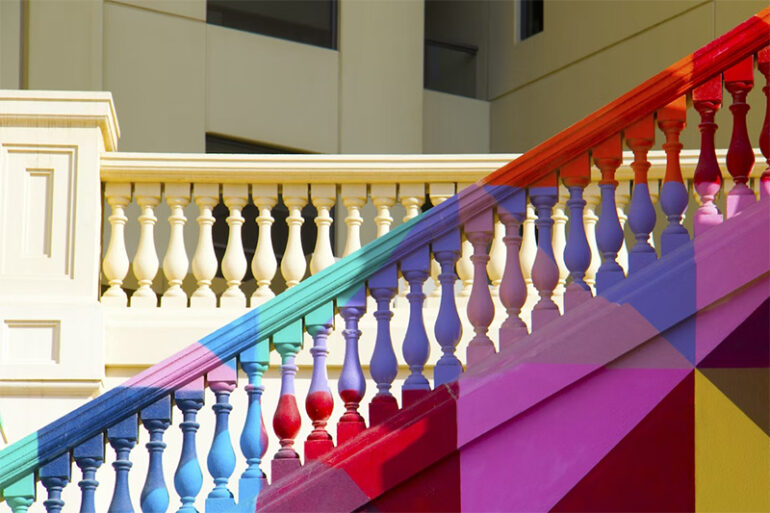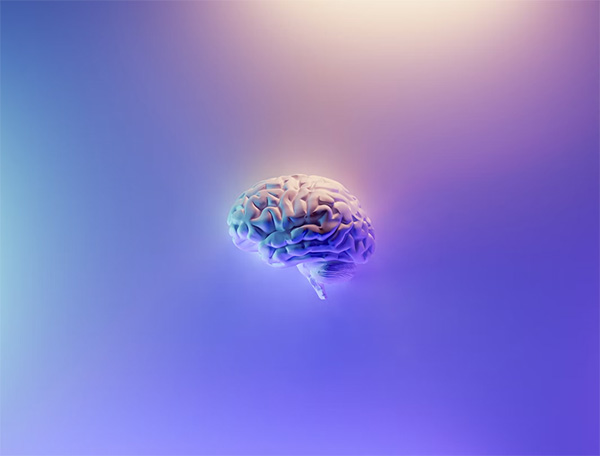The Language of Color
An artist’s arsenal includes color, which speaks directly to the viewer’s emotions and is therefore essential to the creative process. Artists utilize color to create atmosphere, sensation, and meaning. The use of color in art has evolved, continuously fascinating audiences with its evocative power. Some of the most famous examples of this evolution are the colorful paintings of Vincent Van Gogh and the somber colors of Edward Hopper.
Color Theory and Psychology
Color theory, which discusses the interaction and harmony of colors, plays a significant role in art—basic principles like complementary, analogous, and triadic color schemes aid artists in creating visually cohesive works. However, beyond aesthetics, each color carries specific psychological connotations. For instance, red is often associated with passion and energy, while blue evokes calmness and tranquility. Yellow, often linked to joy and vitality, can convey warmth or anxiety, depending on its context.
The Impressionists: Masters of Color
The Impressionists, including artists like Monet, Renoir, and Degas, revolutionized the use of color in the late 19th century. Rejecting the muted, realistic colors of the literary art of their time, they embraced bright, bold colors to capture the fleeting impressions of light and color in the natural world. Monet’s “Water Lilies” series, with their vibrant hues and fragmented brushwork, exemplified the expressive power of color.
Expressionism and the Emotional Intensity of Color
The Expressionist movement attempted to produce works of art that aroused the spirit and elicited a visceral reaction, following in the footsteps of trailblazing painters like Wassily Kandinsky and Edvard Munch. They were renowned for representing the intricate inner workings of the human mind with the use of strong, unconventional, and frequently opposing colors. Expressionism would not be complete without including Munch’s iconic work, “The Scream.” The movement’s attempt to express a psychological intensity was encapsulated by its dramatic use of blinding oranges and scorching reds. This painting, along with others in the movement, showed how color might go beyond its ornamental role and transform into a powerful tool for expressing profound and raw emotional experiences.
The Role of Color in Contemporary Art
In contemporary art, color continues to be a potent tool for eliciting emotion. Artists experiment with color to create diverse visual effects, invoke socio-political commentary, or challenge traditional art concepts. For example, Yves Klein’s monochromatic blue paintings or Mark Rothko’s large-scale color field works exemplify how a single or minimal color usage can arouse profound emotional resonance.
Color continues to be a potent emotional stimulus in art, as seen in the contemplative canvases of Rothko and the bright spot paintings of Damien Hirst. It facilitates not just a visual appreciation of the artwork but also an emotional engagement with it on the part of the audience. This transformational power of color in art sends viewers on a sensory trip, triggering emotions, memories, and personal interpretations in each individual viewer. Because it is independent of culture and language, the expressive power of color in art makes it possible to communicate all feelings. Our mental and emotional connection to art is continually deepened through the voyage of color exploration, which advances concurrently with the development of art.
Photo Attribution:
1st and featured image by https://unsplash.com/photos/1zJkgcOS0is
2nd image by https://unsplash.com/photos/58Z17lnVS4U

